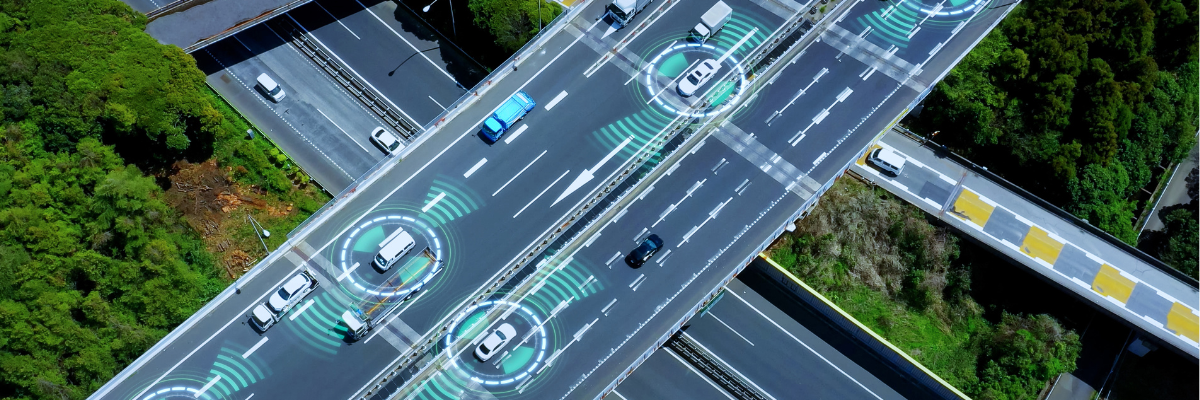
Traffic Control Systems & Solutions for European Road Safety Leader
The Challenge
The bulk of today’s traffic signals worldwide operate using the interval system, which works using fixed periods: the predetermined cycle lengths, intervals, and phases determine urban traffic flow. While we have used this system for several decades, an introspection will help us understand how obsolete it may be, especially in busier cities. Commuting in city road traffic is a function with infinite variables and needs intuitive and intelligent treatment. We must also understand that traffic and our whereabouts of communication are ever-evolving. In such an environment, standardized cycle times mean unnecessary idle times that can be reduced to increase efficiency for everyone concerned – such losses could hamper individual productivity and a nation’s GDP at a large scale.
Our Solution
Having terminated their deal with their technology partner, the client looked for a robust IT partner who could seamlessly integrate its product algorithm with a quality user interface and intuitive front-end. Experion fit the bill.
In collaboration with the clients, our team figured that coordinating traffic signals in a centralized location would be pivotal in minimizing the impact of stop times on the road user. The team ensured that the existing data assets of the client could be utilized to mitigate congestion and delay. In tandem, the data and analytics team reworked many of the algorithms to ensure that this system would ensure smooth and adaptive performance as traffic volumes return to pre-pandemic levels. It was also fit to handle emergencies that regularly emerge on the roads. This system would also be scalable to peak traffic levels and the increasing pedestrian and cyclist numbers. Some of the key features of the UTC
- A GIS-based real-time application that allows the traffic operators to view and manage junctions, Pelicans, OTUs, links, nodes, etc.
- Show real-time status of traffic queues and different parameters using defined messaging structures.
- Configure timetable to plan for signal management.
- Open a data portal to share the live and historical traffic information.
Business Impact
- A state-of-the-art real-time data collection and analysis
- Real-time decision making with open data sharing
- Adaptive Signal Control strategy that can be tailored to any network size
- The open-access principle allows Traffic Engineers detailed insights into how people on their network move around, allowing greater precision control over traffic flow.
- The new system also led to benefits like increased safety by identifying congestion hotspots, reducing CO2 emissions up to 8% due to dwindled idle time, and collaborative opportunities with various commercial partners.

